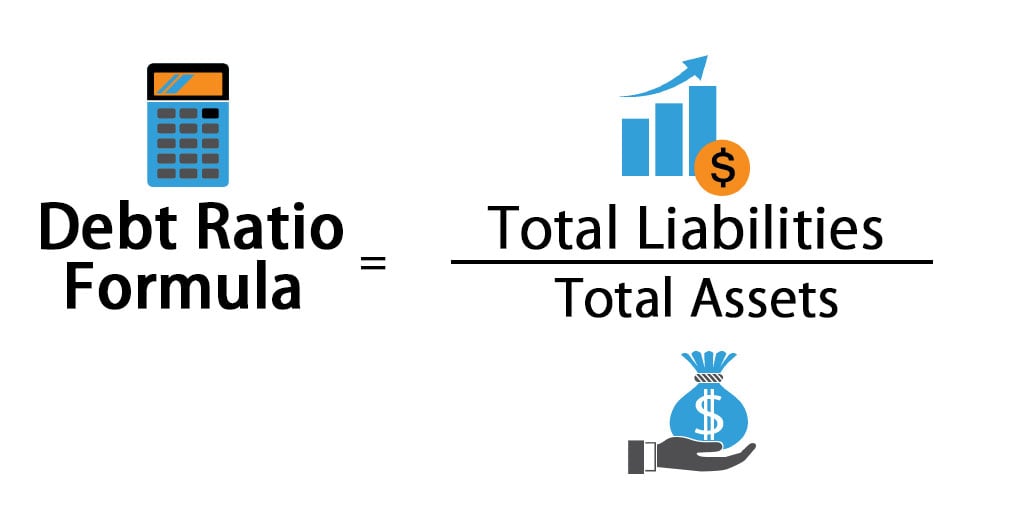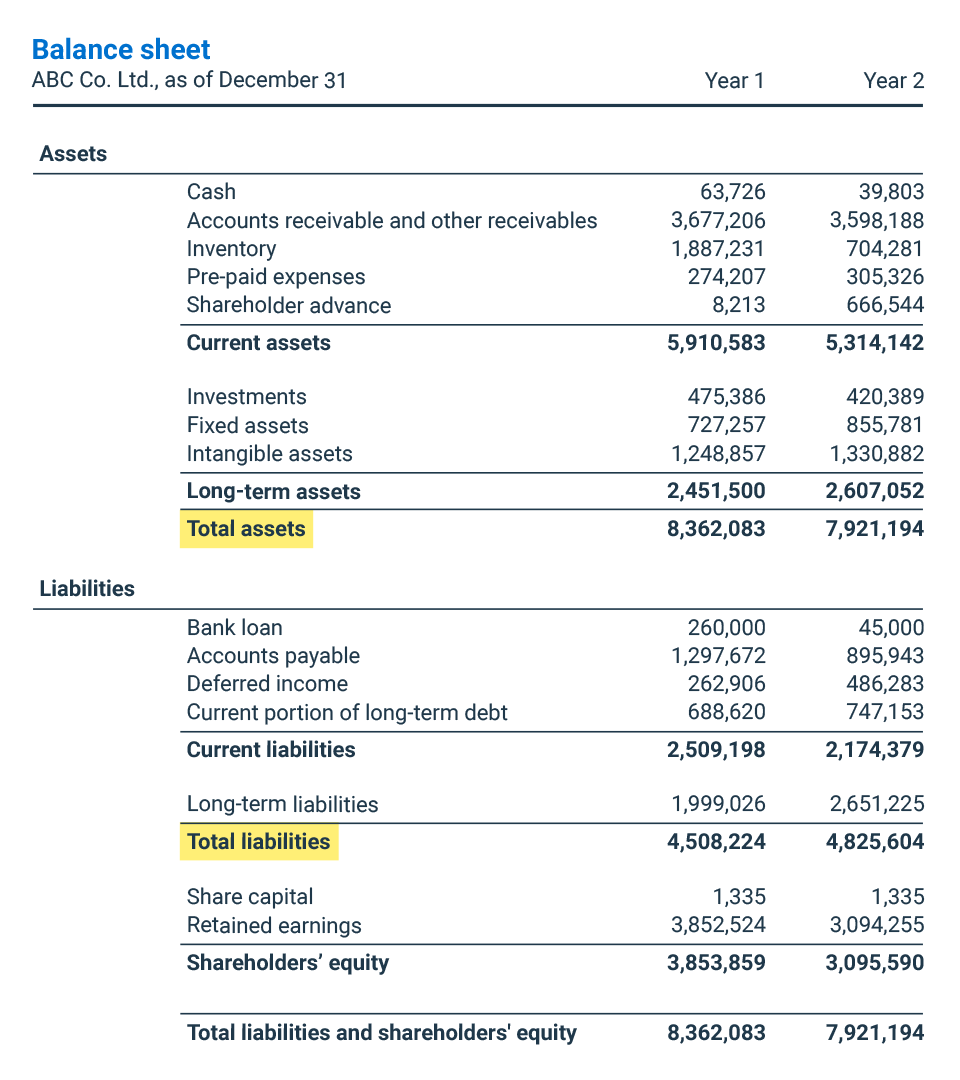
This could lead to financial difficulties if the company’s earnings start to decline especially because it has less equity to cushion the blow. Generally, a D/E ratio of more than 1.0 suggests that a company has more debt than assets, while a D/E ratio of less than 1.0 means that a company has more assets than debt. Overall, the D/E ratio provides insights highly useful operations management basics to investors, but it’s important to look at the full picture when considering investment opportunities. The D/E ratio is much more meaningful when examined in context alongside other factors. Therefore, the overarching limitation is that ratio is not a one-and-done metric. The other important context here is that utility companies are often natural monopolies.
What is your current financial priority?
Most of the information needed to calculate these ratios appears on a company’s balance sheet, save for EBIT, which appears on its profit and loss statement. For example, if a company takes on a lot of debt and then grows very quickly, its earnings could rise quickly as well. If earnings outstrip the cost of the debt, which includes interest payments, a company’s shareholders can benefit and stock prices may go up. Not all debt is considered equally risky, however, and investors may want to consider a company’s long-term versus short-term liabilities.
Assessing a company’s financial stability
- The approach investors choose may depend on their goals and personal preferences.
- In other words, the ratio alone is not enough to assess the entire risk profile.
- This tells us that Company A appears to be in better short-term financial health than Company B since its quick assets can meet its current debt obligations.
- This is also true for an individual applying for a small business loan or a line of credit.
- This debt to equity calculator helps you to calculate the debt-to-equity ratio, otherwise known as the D/E ratio.
The D/E ratio can be classified as a leverage ratio (or gearing ratio) that shows the relative amount of debt a company has. As such, it is also a type of solvency ratio, which estimates how well a company can service its long-term debts and other obligations. This is in contrast to a liquidity ratio, which considers the ability to meet short-term obligations. A company’s management will, therefore, try to aim for a debt load that is compatible with a favorable D/E ratio in order to function without worrying about defaulting on its bonds or loans. While the D/E ratio is primarily used for businesses, the concept can also be applied to personal finance to assess your own financial leverage, especially when considering loans like a mortgage or car loan.
Would you prefer to work with a financial professional remotely or in-person?
They can also issue equity to raise capital and reduce their debt obligations. The current ratio reveals how a company can maximize its current assets on the balance sheet to satisfy its current debts and other financial obligations. The current ratio measures the capacity of a company to pay its short-term obligations in a year or less. Analysts and investors compare the current assets of a company to its current liabilities. Over time, the cost of debt financing is usually lower than the cost of equity financing. This is because when a company takes out a loan, it only has to pay back the principal plus interest.

This second classification of short-term debt is carved out of long-term debt and is reclassified as a current liability called current portion of long-term debt (or a similar name). The remaining long-term debt is used in the numerator of the long-term-debt-to-equity ratio. It suggests that a company relies heavily on borrowing to fund its operations, often due to insufficient internal finances. Essentially, the company is leveraging debt financing because its available capital is inadequate. The debt-to-equity ratio is an essential tool for understanding a company’s financial stability and risk profile.
Quick Links
Conversely, a low D/E ratio suggests that a company has ample shareholders’ equity, reducing the need to rely on debt for its operational needs. This indicates that the company is primarily financed through its own resources, reflecting strong financial stability and a lower risk profile. The debt-to-equity ratio divides total liabilities by total shareholders’ equity, revealing the amount of leverage a company is using to finance its operations. If preferred stock appears on the debt side of the equation, a company’s debt-to-equity ratio may look riskier. Using excel or another spreadsheet to calculate the D/E is relatively straightforward.
Total debt represents the aggregate of a company’s short-term debt, long-term debt, and other fixed payment obligations, such as capital leases, incurred during normal business operations. To accurately assess these liabilities, companies often create a debt schedule that categorizes liabilities into specific components. The debt-to-equity ratio is calculated by dividing total liabilities by shareholders’ equity or capital.
Creditors generally like a low debt to equity ratio, because it ensures that the firm is not already heavily relying on debt which ultimately indicates a greater protection to their funds. A significantly low ratio may, however, also be found in companies that reluctant to take the advantage of debt financing for growth. Petersen Trading Company has total liabilities of $937,500 and a debt to equity ratio of 1.25.
The money can also serve as working capital in cyclical businesses during the periods when cash flow is low. A D/E ratio of 1.5 would indicate that the company in question has $1.50 of debt for every $1 of equity. To illustrate, suppose the company had assets of $2 million and liabilities of $1.2 million.
If a company cannot pay the interest and principal on its debts, whether as loans to a bank or in the form of bonds, it can lead to a credit event. The D/E ratio is one way to look for red flags that a company is in trouble in this respect. When looking at a company’s balance sheet, it is important to consider the average D/E ratios for the given industry, as well as those of the company’s closest competitors, and that of the broader market. A company that does not make use of the leveraging potential of debt financing may be doing a disservice to the ownership and its shareholders by limiting the ability of the company to maximize profits. The optimal debt-to-equity ratio will tend to vary widely by industry, but the general consensus is that it should not be above a level of 2.0.


